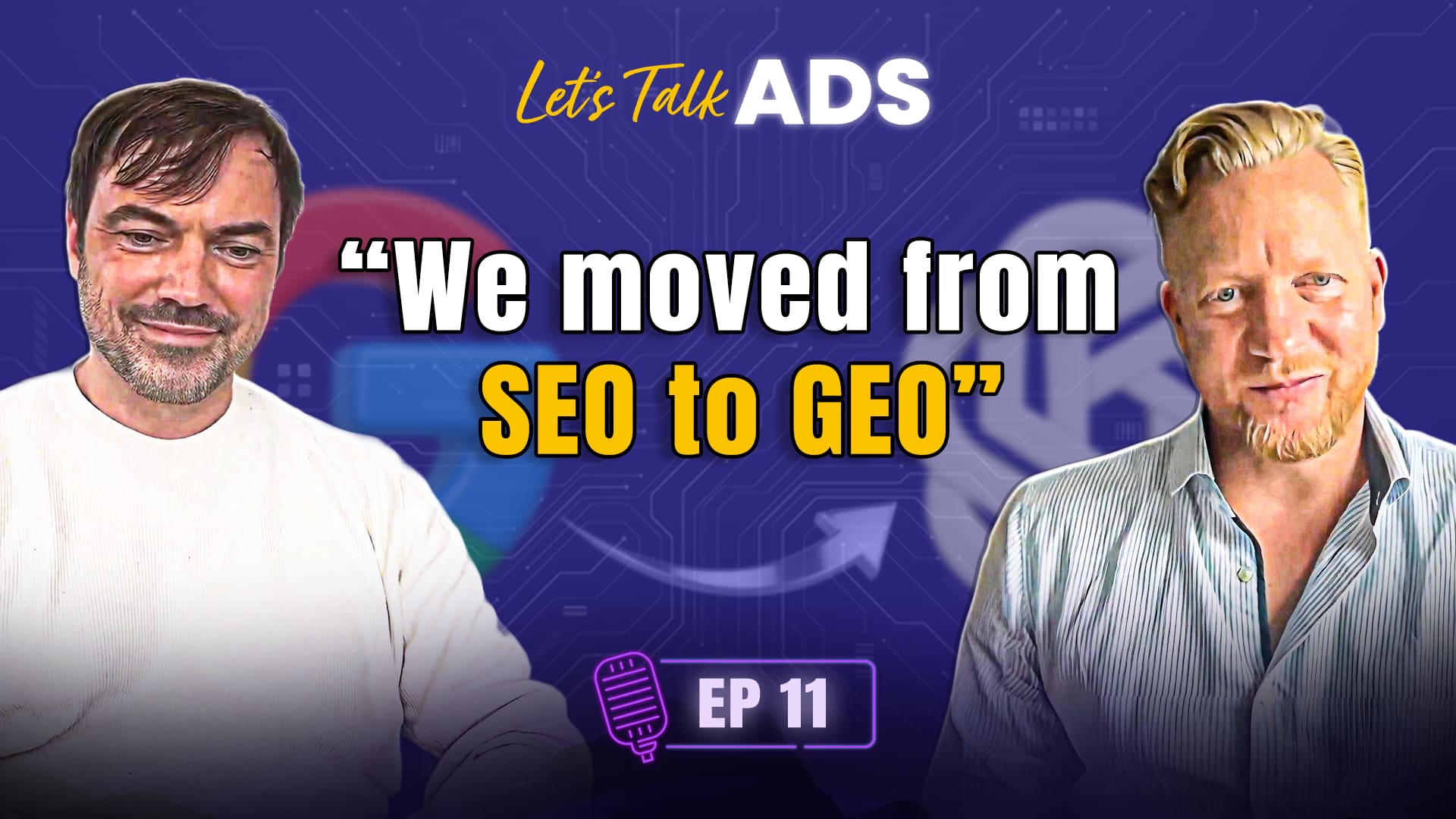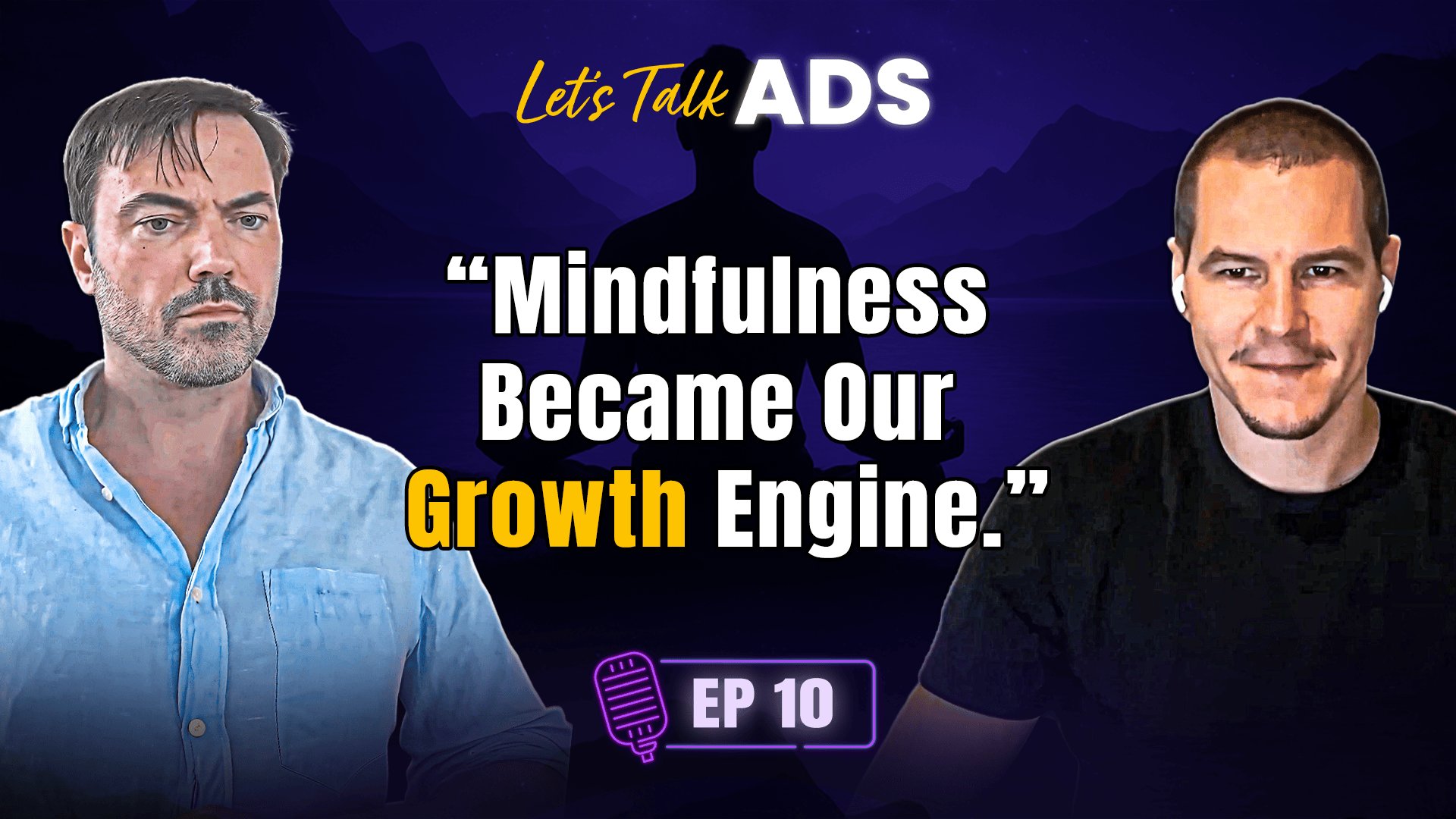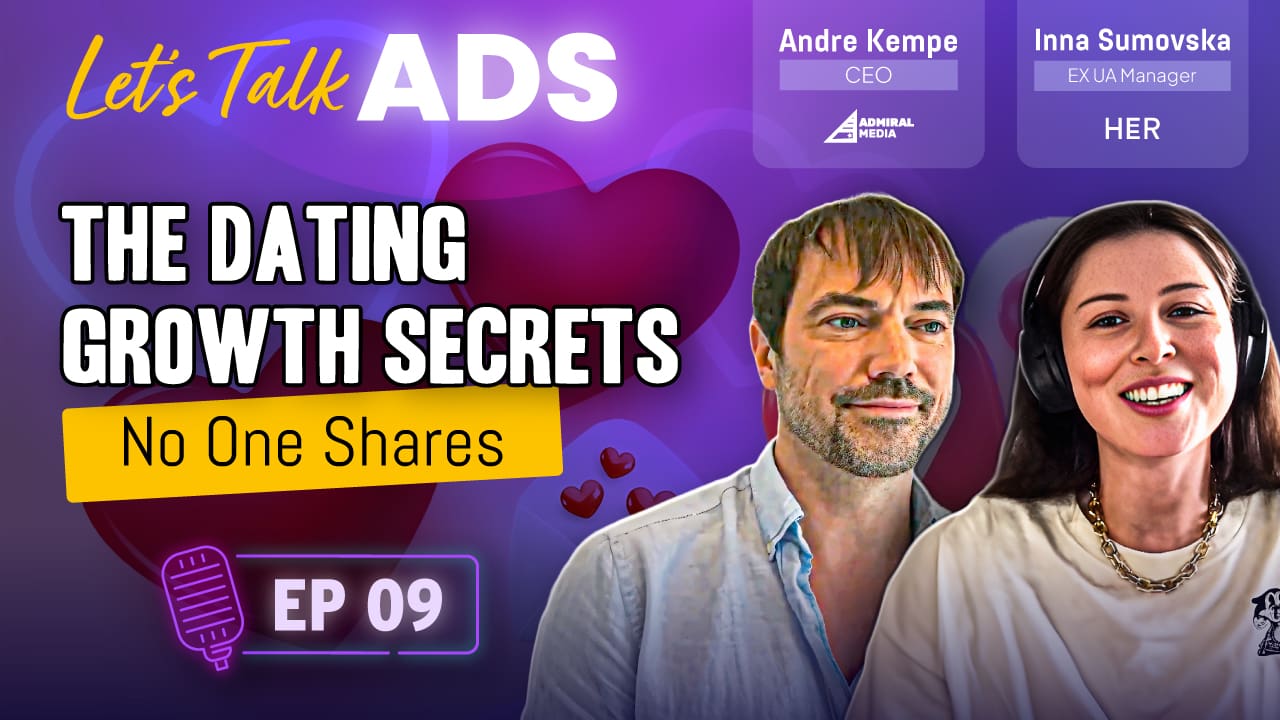You probably already know about Google Ads — they’re the big rectangles we all see at the top and sides of search results. But, do you know how to make the best use of them? Do you know whether your agency is making the correct decisions when it comes to these ads? Let’s review now the most common Google Ads mistakes!
Table of Contents
We’ve been running Google Ads campaigns for a long time, and we’ve learned a lot about what works and what doesn’t. Also, we audited numerous accounts for potential clients and saw how their agencies are making costly mistakes that would save them so much only if their agencies knew how to avoid them or at least fix them.
So instead of only talking about how to succeed, this time we’re going in a different direction and revealing the biggest mistakes agencies make with Google Ads.
One of the key elements of a great agency is continuous testing to see what works well for every client, then improve or eliminate what’s not. In this post, you will learn from others’ mistakes, so you don’t repeat them.
Let’s get started!
Using far too many keywords at once
Every agency starts a search campaign by doing keyword research, which is the perfect way to start, as they will be able to understand what users are searching for and build a comprehensive approach of what information to be included in the landing page.
But the mistake here is that they over research and end up with tons of keywords that translate into multiple ad groups with 100+ keywords each, which isn’t a good move. Especially when marketing a single product.
The argument here is that using so many keywords will help you reach everyone searching about your product or related issues, and will help you figure out the right search terms that work for your business or client.
However, using so many keywords means too many ad groups and writing too many ads. This means that then you’ll need to have many landing pages to personalize. If you just use one landing page, it will have low personalization and conversion rates. Creating too many landing pages without valid A/B testing is also a bad approach.
Moreover, the 20-80 law says that only 20% of your keywords generate 80% of your results. So why target thousands of keywords that don’t even spend?

The solution to this is to find those campaigns holding specific types of keywords that are simply not worth the effort or the time, then pause them. Focus on growing the 20% of keywords that drive 80% of results.
You’re hunting for those keywords that might seem relevant to your business or client but aren’t really as effective as expected, no matter how hard you try to optimize them.
Giving GDN too much time and credit
Google Display Network (GDN) is very powerful and there are countless brands spending millions there and achieving amazing results. Also, there are many ways you can use and optimize it using different targeting methods including keywords targeting, website or page-based targeting, interest targeting etc.
It’s really a great type of campaign, it appears almost everywhere across the internet and Google is able to utilize the data it collects from users in targeting them with the right ad at the right time.
But on the other hand, it’s tricky to achieve success with GDN, especially if you’re targeting a cold audience. It could even be considered an extremely hard campaign type to master (compared to other channels like Facebook or TikTok).
The mistake here is trying everything: GDN offers many targeting methods and your agency will be always questioning if they tested everything but may forget that testing takes time and money, which should be considered prior to jump into the test.
You need to understand that manual and smart GDN campaigns require a couple of things to work properly, which means that you need to meet them before testing any targeting method. These requirements are;
- Conversion tracking is enabled
- Your account has received at least 5 conversions in the last 30 days for manual display campaigns and 50 conversions in the last 30 days for smart display campaigns.
- You’re not using offline conversion for importing
Also, this means that your budget must be enough to generate these events and later, if GDN didn’t work for you, then I recommend using this campaign type for retargeting. You’ll be amazed.
Using SKAGs right from the beginning
The Single Keyword Ad Group (SKAG) strategy is simply having your keywords, each in an individual ad group so that you can use extremely accurate ad copy and landing page that perfectly matches the search term.
SKAG usually results in an increase in CTR and conversion due to the high ad rank it gets and the high level of personalized ads and landing pages for a certain search term. This means paying less for a click and accordingly for a conversion/sale.
However, if you do use that strategy while having a ton of keywords and don’t have enough data on which is the top-performing ones are, you’ll end up making a big mistake.
SKAG strategy requires a lot of effort in writing ads and customizing keywords, so you will need to go back to the first mistake and fix it by focusing on the 20% keywords that drive 80% of your results. Then collect more data to be able to find the top keywords of the 20% and isolate them in individual ad groups with custom ad copy and landing pages.
Not having enough landing pages
Landing pages are very important for the success of your campaign. They will be the main reason for your success or the one element that will bury your ad account alive and waste all your advertising budget.
Many agencies and businesses use only one landing page for all keywords, regardless of the relevance. They do this because they either have so many keywords that it’s impossible to customize or because they don’t have the resources to create multiple landing pages in the first place.
A common strategy is grouping keywords the right way, writing the best ads to improve click-through rates, obsessively optimizing bids, and cleaning up search term reports by adding negative keywords which is the right thing to do. But it’s missing one element that has a major effect on the success of a campaign, namely the landing page.
The right way to fix this without overdoing it is by creating a designated landing page for every set of keywords. A set of keywords here are keywords that the user would expect the same or almost the same answer or information.
Learn More: Advanced Google Ads Strategy
Not utilizing the full power of ad extensions
Extensions are extra pieces of information that help in taking more space in the user’s screen and also give the user more information or direct access to certain things such as the product page, reviews page, direct call, FAQ page, or contact page.

Also, extensions increase your CTR and Google supports and even pushes advertisers to use them as they enhance the user experience. Above that, you can analyze their data and optimize them
The problem here isn’t that your agency isn’t using extensions, it’s that they’re not utilizing their full power. You’ll find your agency using generic 4-5 site link extensions, which isn’t really helping with customization.
The solution is simple, use more extensions and customize them based on your needs. Analyze their data, experiment, and optimize to get the most of them.
Conclusion
Mistakes are part of the learning and development process that every marketer goes through. But if you manage to avoid these Google Ads mistakes from the beginning, you’re already ahead of many agencies and businesses out there.
Would like to read more? Just get in touch!



